
Mission Debrief: Apollo 11 astronauts recount the journey
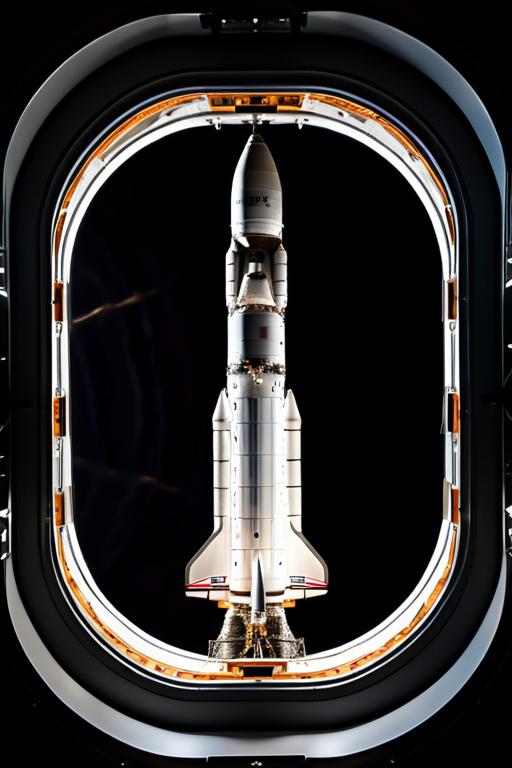
Neil Armstrong describes how memories of earlier Saturn V missions align with official reports, emphasizing their importance in preparing for Apollo 11. He highlights how previous experience benefited key phases such as the boost and coast stages. The discussion then intentionally skips over Earth orbit and resumes at the translunar coast phase and the transposition and docking sequence.
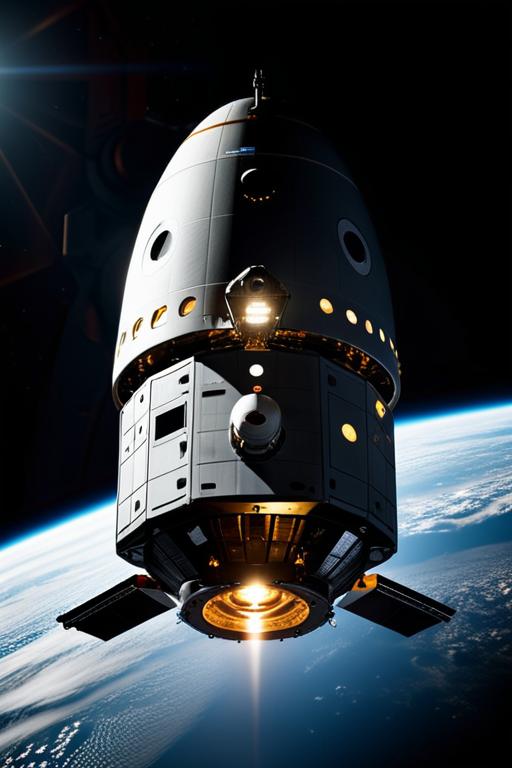
Michael Collins recounts the maneuvers performed with the command module. He specifically mentions viewing the S-IVB stage after separation and explains the manual docking approach to the lunar module using the alignment target. During this process, both motion pictures and still photographs were taken through the module's windows.
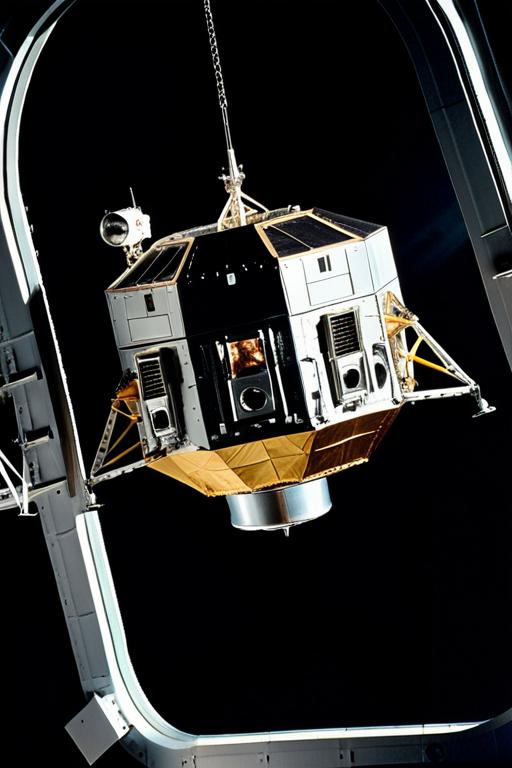
Buzz Aldrin discusses the activation of the lunar module following docking. After a short joint flight phase, the two modules separated again to allow for independent guidance system checks. A successful radar verification confirmed their relative separation speed.
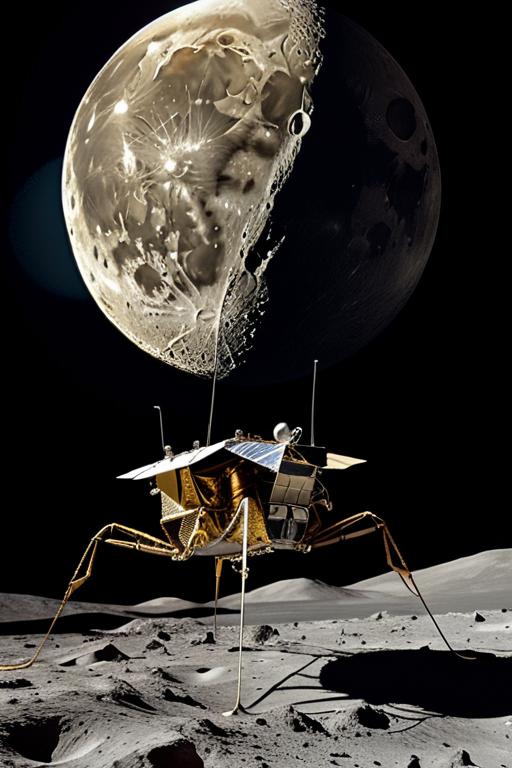
Neil Armstrong describes the descent path as seen from the lunar module window during system activation. He compares their view with Apollo 8 and 10 imagery to verify their ground track. The emphasis is on accurately managing altitude, rate of descent, and lateral motion during the final landing phase. The surface is noted to be fine-grained with a surprising number of rocks of varying sizes.
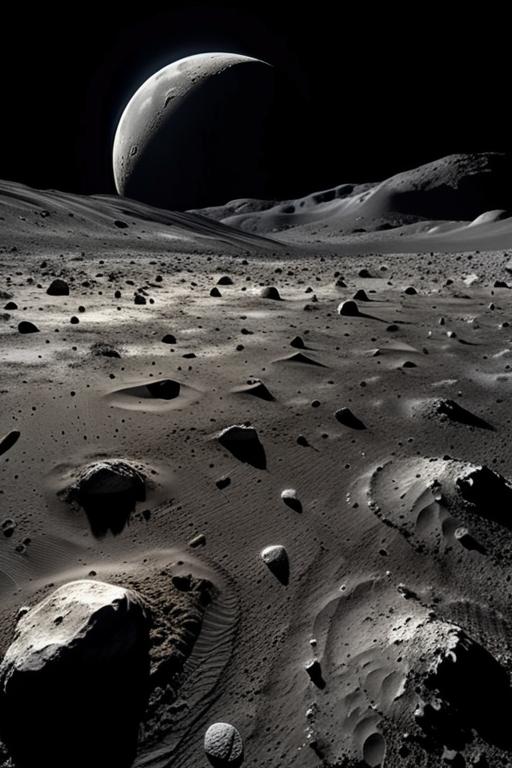
Buzz Aldrin provides a description of the lunar surface as observed from the module. He points out a distant boulder field near the horizon, likely caused by impacts behind the landing site. The crater rims are mostly rounded, though some show sharper features, suggesting different geological ages.
Based on public domain material from NASA. Adapted for demonstration purposes by R2 Mechanics.